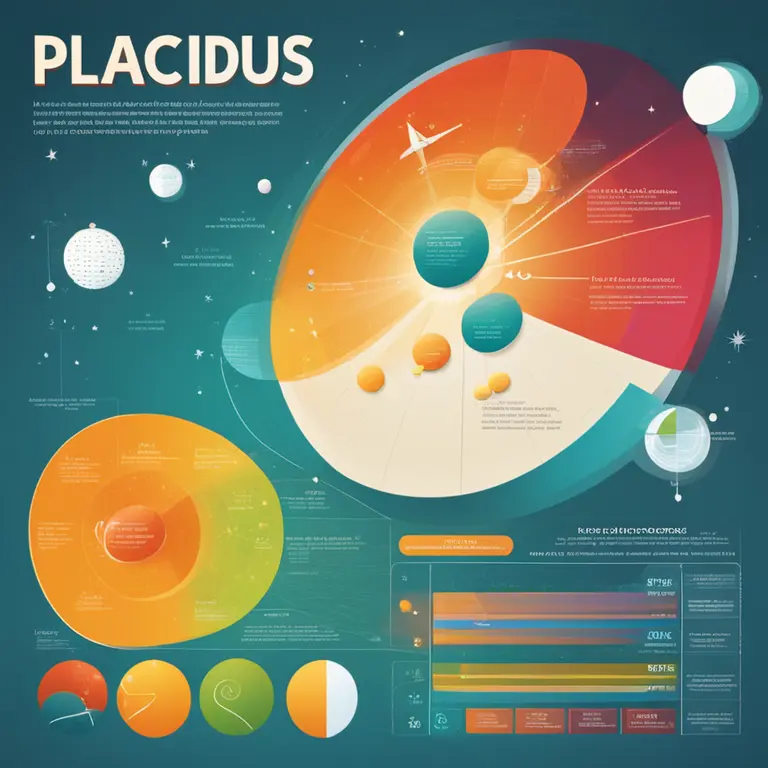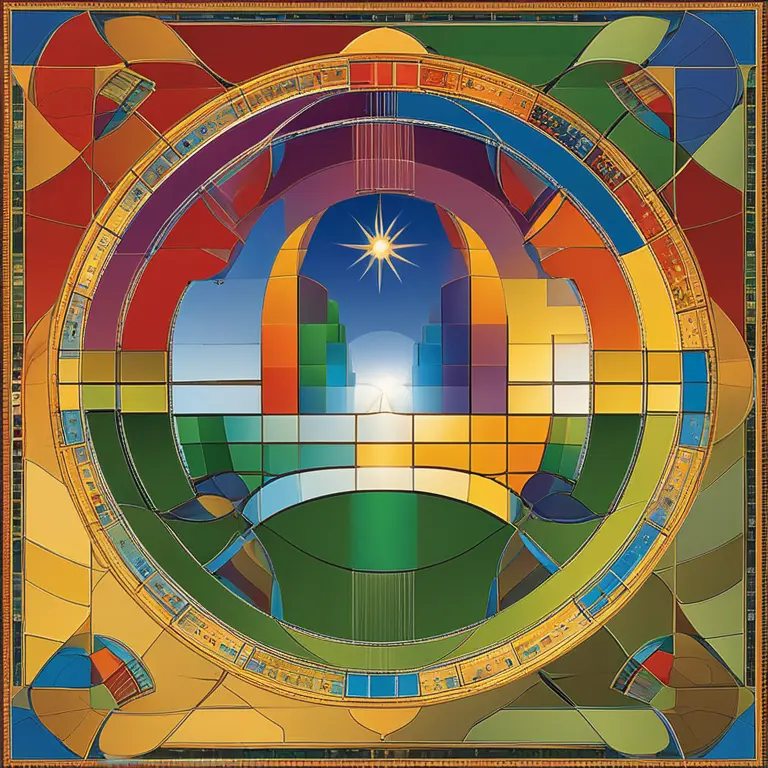
Choosing the Best Astrology House System
Discover the strengths of different Astrology House Systems to determine which aligns best with your astrological practice.
article by Priya Deshmukh
Introduction to House Systems
Astrology extends beyond the twelve zodiac signs; at its heart lies the complex structure of house systems, which are pivotal in interpreting a birth chart. Comprised of twelve segments, these systems map the sky at the time of birth, each holding a unique significance in astrology. House systems vary in their construction and use, and while there is no definitive answer to the "best" system, an informed comparison can guide practitioners in choosing one that aligns with their individual approach to astrology.

Placidus System: The Popular Choice
The Placidus system, prevalent since the Renaissance, uses the time it takes for a celestial body to move over the horizon to delineate houses. Esteemed for its dynamic reflection of birth time and place, this system is often considered the best for natal chart interpretations. Despite its popularity, its complexity can be daunting, and at higher latitudes, the system may produce distorted houses, which critics argue detract from its accuracy.

Whole Sign Houses: Ancient Simplicity
Whole Sign Houses, the oldest methodology originating from Hellenistic astrology, assigns entire signs to each house irrespective of the Ascendant. Its simplicity and consistency across all latitudes make it a favored choice for many modern astrologers. By attributing a full sign's energy to each house, this system provides a straightforward symbology, but it can lack the nuance provided by systems that account for the exact degree of the Ascendant.

Equal House System: Balanced Perspectives
In the Equal House system, each house spans an equal thirty degrees, starting from the degree of the Ascendant. This balances simplicity with a nod towards personal birth details, making it suitable for those seeking a midpoint between the Placidus and Whole Sign systems. However, critics argue that the disregard for the Midheaven position can lead to a misrepresentation of career and public status in the astrological analysis.

Koch and Porphyry: Geometric Approaches
The Koch system, favored in German-speaking countries, and the Porphyry system are both rooted in geometric principles. Koch utilizes birth latitude to generate houses, often seen as providing a nuanced reflection of individual experience. Porphyry, one of the simplest quadrant systems, divides the arcs between the angles to produce house cusps. Both require precise birth data and can face similar issues of distortion at extreme latitudes like Placidus.
Evolutionary Relevance
No single system can be crowned the best; each speaks to the evolving nature of astrological interpretation. Contemporary practitioners often experiment with multiple systems, encouraging growth and the emergence of new methodologies. As astrology opens up to wider audiences and technologies advance, users can expect even more personalized approaches to natal chart analysis that may see a fusion of different systems to fit individual needs.
Personal Preference and Practice
Ultimately, the choice of house system relies heavily on personal preference and the specific context of astrological practice. Practitioners are urged to familiarize themselves with various systems and to let their experiences and the nature of the readings they give guide their decisions. Astrological practice is deeply personal and imitative of life's diversity—therefore, the best house system is the one that resonates most deeply with the astrologer and provides the clearest insights into the chart at hand.
Published: 1/30/2024
Modified: 1/31/2024
More predictions
Come back here soon to learn more about yourself and your future


Aligning Stars & Careers
In the vast expanse of the cosmos, the celestial bodies dance in perpetual motion, crafting a unique natal chart that becomes each individual's personal astronomical fingerprint. While this astrological mapping typically conjures thoughts of personality traits, romantic compatibility, or destiny, it also holds the keys to understanding our professional paths and potential career choices.


Astrology: Navigating Life’s Ebb & Flow
Astrology, a celestial symphony orchestrating a harmonious dialogue between the cosmos and terrestrial beings, has been a beacon of wonderment and mystique for millennia. Dappled across the night sky, the stars, planets, and cosmic entities whisper tales of fate, guidance, and metaphysical connectivity. But how does this astral tapestry weave into our earthly existence, and more pertinently, how can astrology help you?


The Essence of Tarot's Major Arcana
Embark on a journey through the Tarot's Major Arcana, a symbolic path of life's milestones and spiritual lessons.